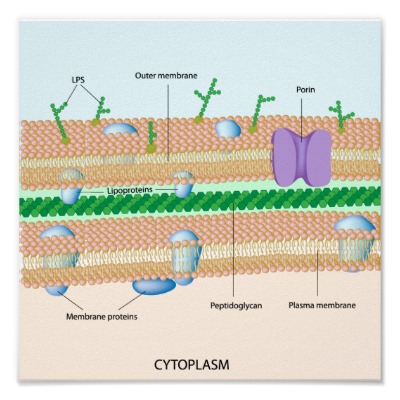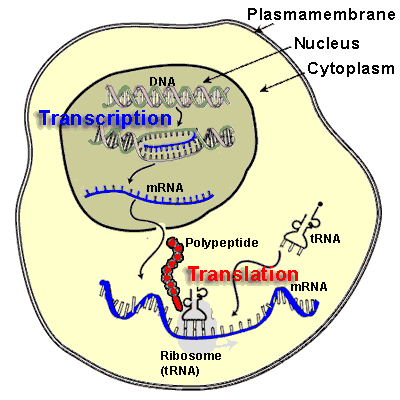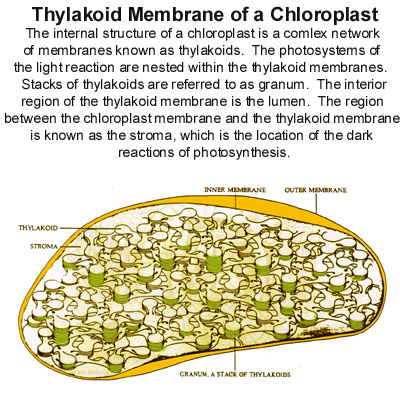Difference between Cell Wall and Plasma Membrane

There are a lot of differences between the cell wall and cell membrane but only some of the main differences between these two terms are listed in this post. The cell wall is essentially the outer most layer or covering of the cell where as the cell membrane is positioned underneath the cell wall. The cell membrane is also known as the plasma lemma or plasma membrane. If you are looking to get yourself familiar with cell membrane and cell wall, you will be glad to know the differences between these two concepts. You must also have some basic knowledge of physical sciences to be able to understand the distinction.
Instructions
-
1
Cell wall
Unlike the cell membrane, the cell wall does not have any other names. Cell wall is typically found in algae, plant cells, fungi and bacteria. Cell wall is not present in protozoa and animal cells. The cell wall functions to provide rigidity and strength to the outer layer of the cell. Its main purpose is to provide protection to the cell against mechanical and chemical forces that are applied through various processes. Depending on the structure and type of the cell, the cell wall may function completely differently.
The cell wall is responsible for the morphology mechanism in multi cellular structures. It functions to prevent large molecules from entering the cell. Furthermore, the cell wall is designed to protect the cell from toxic agents. Presence of water inside the cell is greatly assisted by the cell wall, which results in stable osmotic environment. The composition of the cell wall can be either eukaryotic or prokaryotic in the lipoproteins and inner layer. The main cell wall is primarily composed of middle lamella, cellulose and polysaccharides. The secondary wall on the other hand of the cell is mainly composed of lignin and cellulose.
- Image courtesy: mysciencebox.org

-
2
Plasma membrane
Cell membrane or the plasma membrane is found in almost all types of cell irrespective of the structure and composition. It is semi permeable and therefore it assists the passages of certain chemical substances into the cell nucleus.
Essentially, cell membrane works in the same way as our skin. Its main function is to keep the components insides the cell away from any external forces. Furthermore, it assists the tissue formation process by connecting the matrix found in the cell. Cell membrane also helps the cell form a connection with other cells in the environment, acting as molecular signals.
- Image courtesy: btny.purdue.edu








